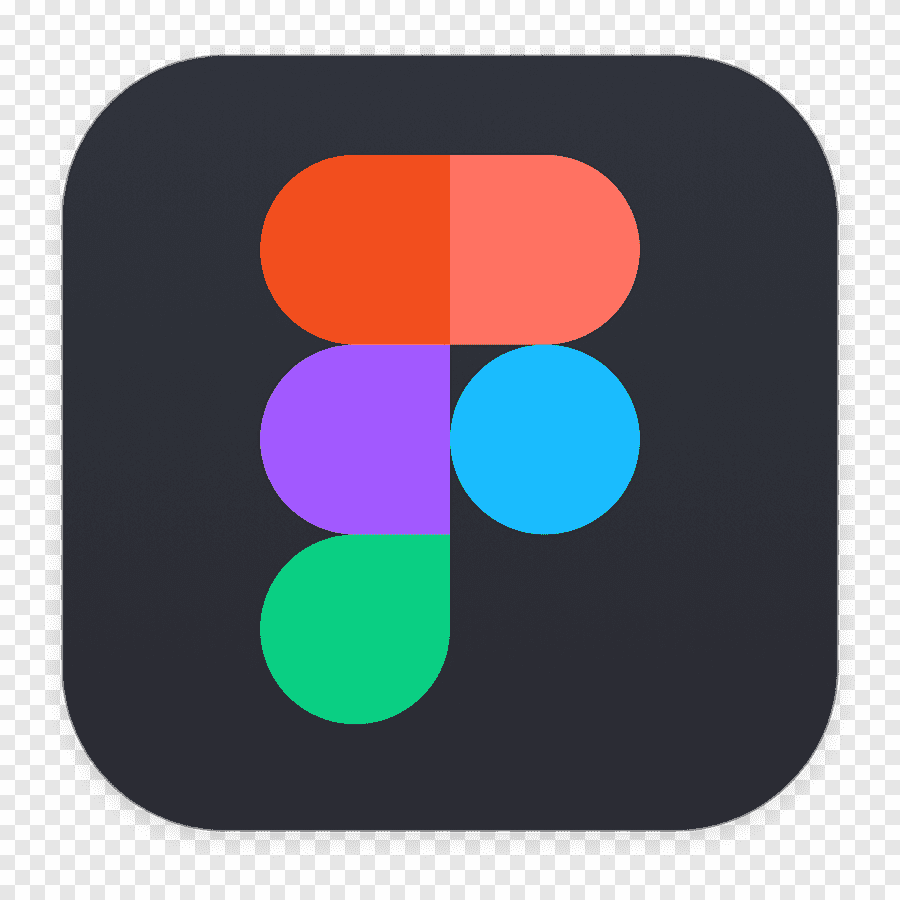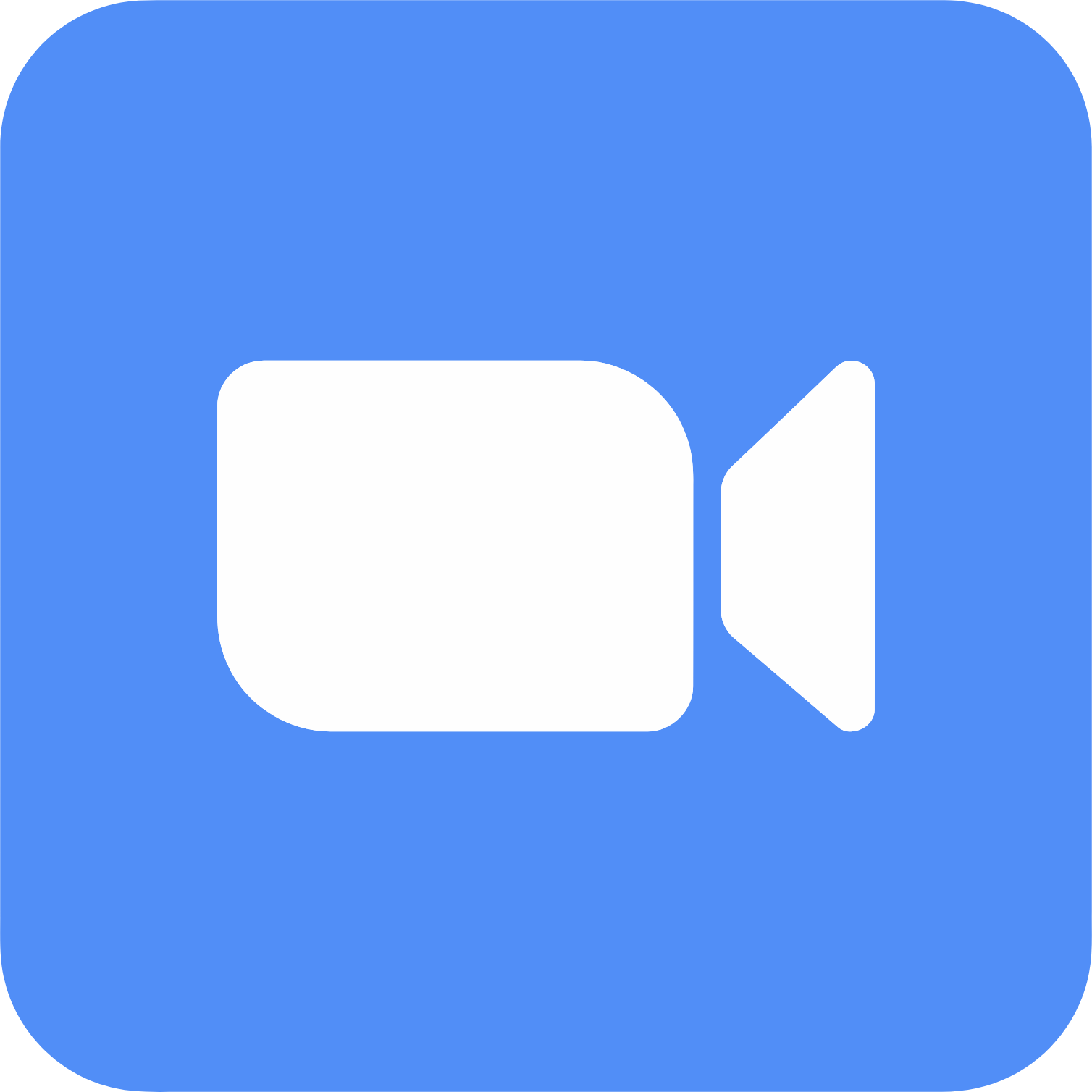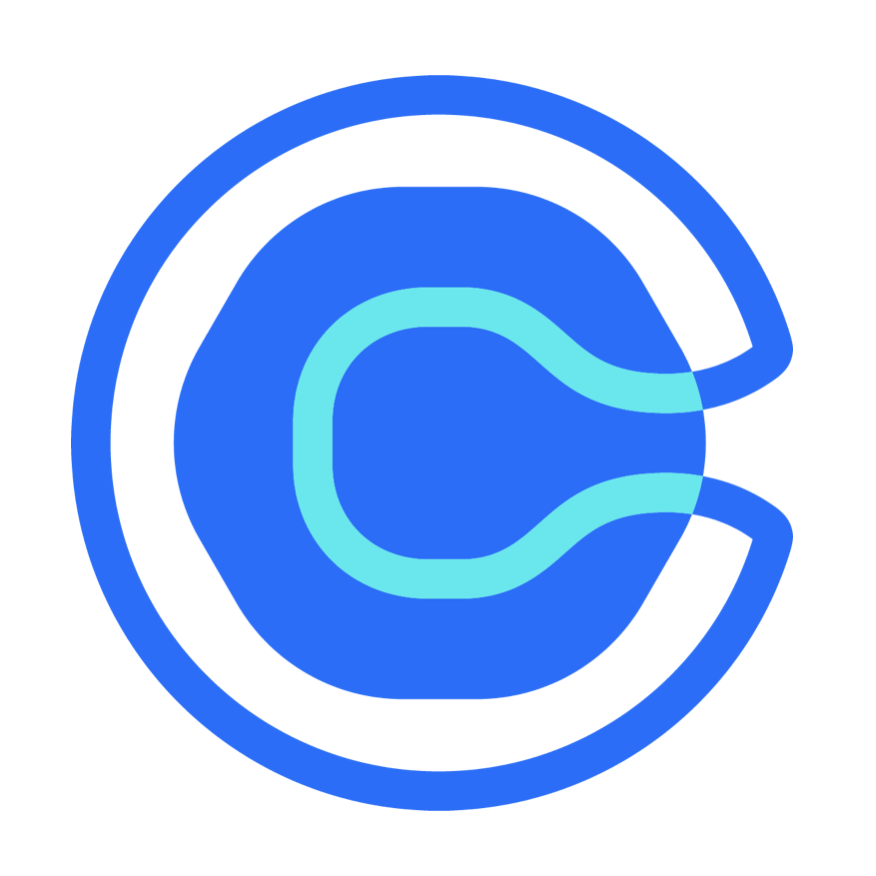Homepage
Access features of the app immediately.
June 2023 - July 2023
Figma, Miro, Zoom, Calendly




Nina Le and Adrianna Estrada.
People with disabilities often face barriers that limit their independence and participation in daily life and their communities.
AccessiChat helps remove communication barriers by providing speech-to-text conversion, customizable conversation practice, and progress tracking, empowering individuals with disabilities to express themselves more effectively. With its engaging AI pet and personalized features, the app encourages independence, confidence, and greater participation in daily life and social interactions.
Scenario Design and Speech-to-Text Editor: Design thinking, inclusive design, collaboration, conducting interviews, forming insights, empathy mapping, prioritizing insights, generating solutions, prioritizing solutions, market research, paper and digital wire-framing, low and high fidelity prototyping, conducting usability studies, iterating on designs, determining information architecture.
My team and I sought potential interviewees through connections from the Remarkable Designathon and online communities like Discord and Reddit. After a screening process, we secured willing participants. We then brainstormed the most relevant open-ended questions aligned with our problem statement and began gathering insights from them!
Can you tell me more about your disabilities and how this affects you in your daily life?
People are hesitant to talk about my disability.
What current technologies or devices do you use to make life more accessible?
I use an ASL app to translate symbols into words when communication is difficult.
What does a typical day managing your symptoms look like?
I get overwhelmed by sounds and my to-do list.
How does your disability affect your ability to participate in society?
Communication is difficult and it tends to get scattered.
In what ways do you feel your life could be improved to better accomodate your disability?
A way to communicate with others effectively, simply.
We created empathy maps to help gain deeper insights into the common needs, pain points, and goals of people with disabilities by capturing their thoughts, feelings, and experiences. This helped us identify key challenges and opportunities to design more inclusive and effective solutions.
Of participants mentioned the need for communication tools including speech-to-text, coming up with phrases, and communicating effectively.
Of participants wanted to feel understood and secure in society regardless of their disability.
Of participants regularly use speech-to-text tools to help with their disability.
From our empathy map findings, we identified four key commonalities. These groupings allowed us to generate insights into the daily experiences of people with disabilities and their interactions within their communities.
We developed "How might we" statements based on our insights to address the core challenges identified during our research. These statements serve as a foundation for generating innovative solutions that directly respond to the needs and pain points we uncovered.
Out of our possibilities, we voted to select the ideas that would be best suited for helping people with disabilities.
Knowing the kind of product we want to create, we looked up and compared 11 competitors with similar audiences and products to identify and understand their strengths and weaknesses. This understanding would help us to construct a product that can differentiate itself from others while maintaining industry standards.
Knowing how the app was going to work, we built low and mid fidelity prototypes with iterative feedback.
Access features of the app immediately.
Hear or read text encountered whenever.
Quick editing for day-to-day use.
Pet provides suggestions to navigate daily communication scenarios.
Set daily goals and routines to solidify communication skills.
Practice reinforces communication skills to use daily.
We identified potential areas of risk in our product by measuring uncertainty about our assumptions and how much that will negatively affect our user’s experience. Then, we used our product’s risks to construct thoughtful questions for our participants. We followed up with our initial interviewees to get their feedback on the app.
Highlighted relevant features such as speech to text and scenario practice.
Updated the goal setting to include actionable steps and notifications instead of just general ideas.
Eliminating user confusion by showing them AccessiChat's features upon entry.
Instead of the initial 2 prompts, users wanted to be able to generate multiple as they type.
Implemented a flow for users to select from a variety of pets.
The help center, accessible through the help icon will explicitly teach users about AccessiChat's most important features.
Finally, we applied a design system to keep the app consistent and deliver the final product.
After finished our high-fidelity prototype, we went back to our initial interviewees to see how they felt about the final product. Here are some quotes.
"This is so cool!"
"I would use this, honestly."
"The AI Pet makes this feel fun and engaging."